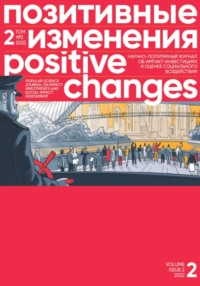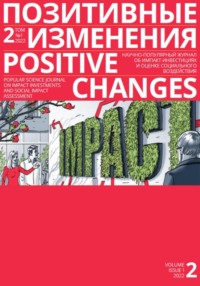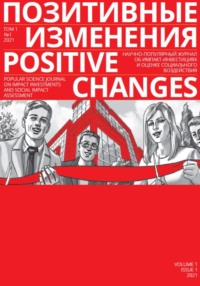
Добавить В библиотеку
Позитивные изменения. Города будущего. Тематический выпуск, 2022 / Positive changes. The cities of the future. Special issue, 2022
Жанр:
Год написания книги: 2023
Настройки чтения
Размер шрифта
Высота строк
Поля
Другие электронные книги автора Редакция журнала «Позитивные изменения»
5





